Mudskippers of the Tidal Mangrove Mudflats at the Sungei Buloh Wetland Reserve, Singapore
Habitats along the land-sea interphase provided the setting for evolution of vertebrate adaptations needed to move onto the land. Mangrove mudflats formed within the intertidal zone provide a fantastic array of habitat qualities that enable selection of amphibious traits. These gently sloping habitats can extend hundreds of meters between the land and the sea and are exposed to air on a regular basis following tides. The extensive root systems of the semi-aquatic mangrove trees stabilize the coasts, providing a dependable […]

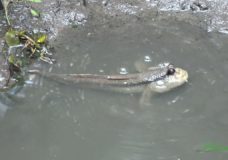
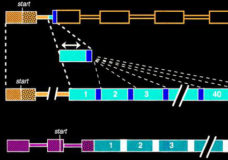
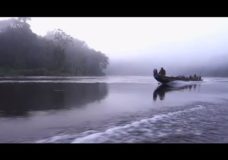

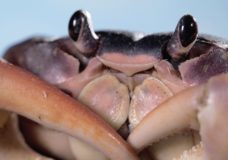
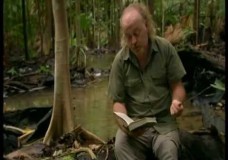
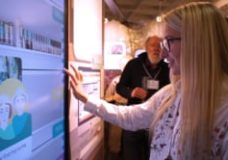

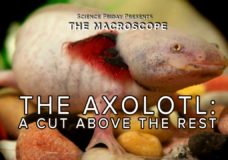
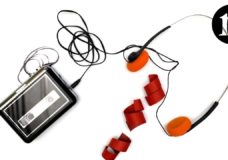

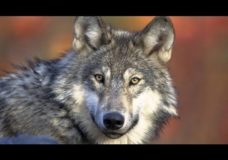


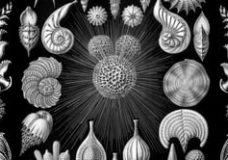

Recent Comments